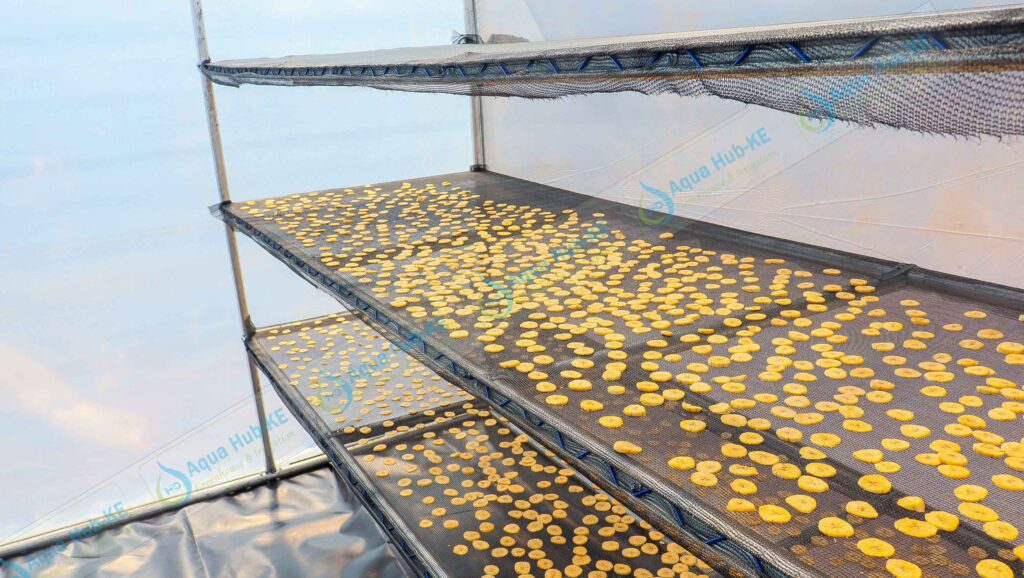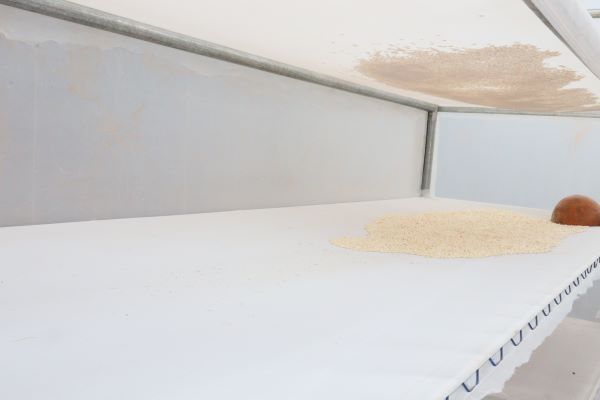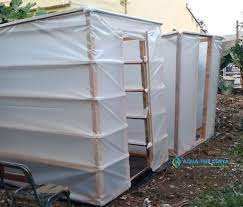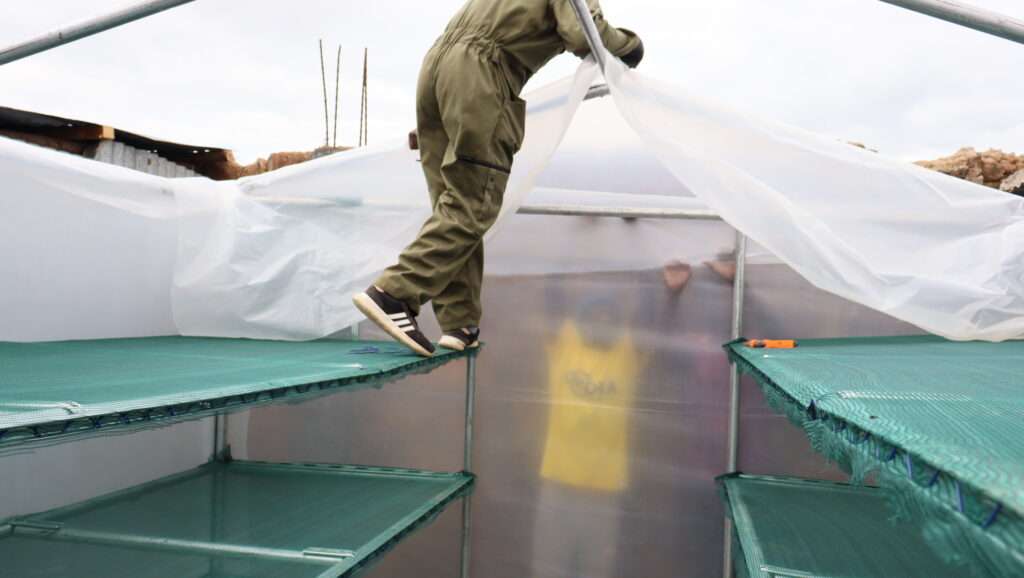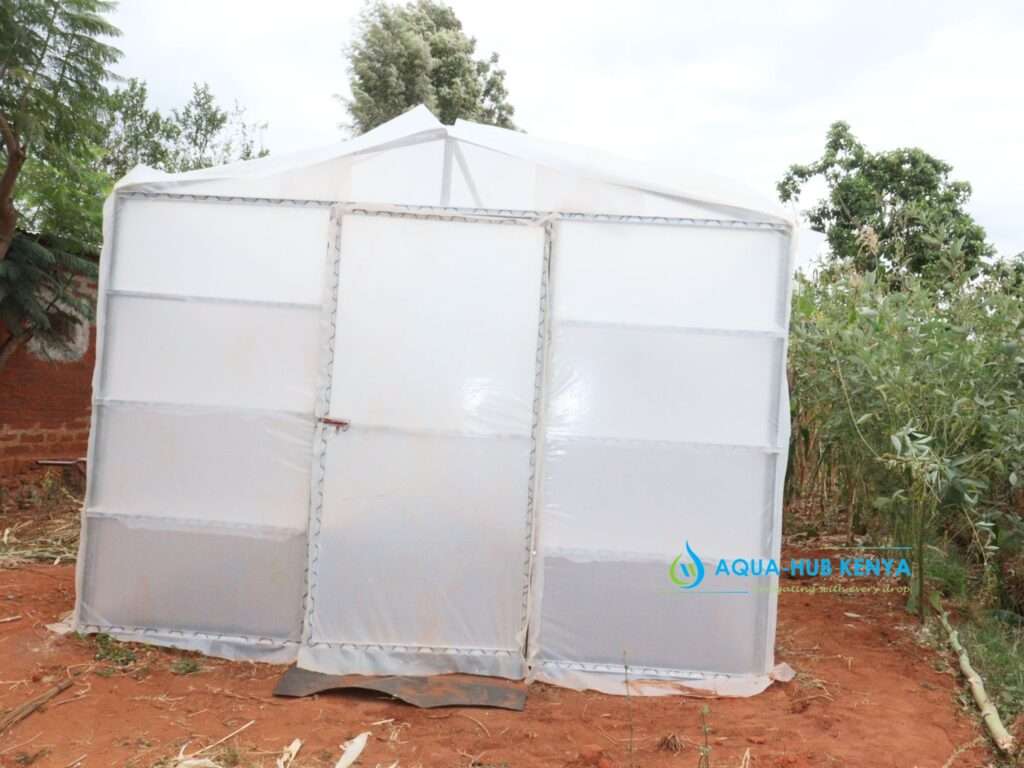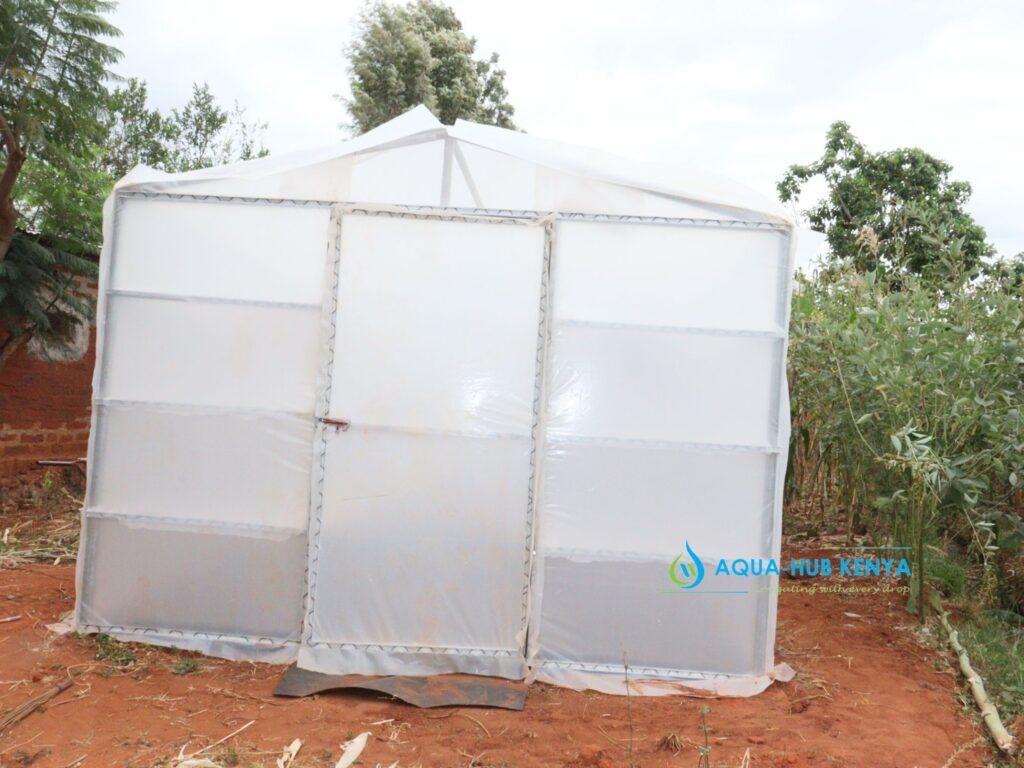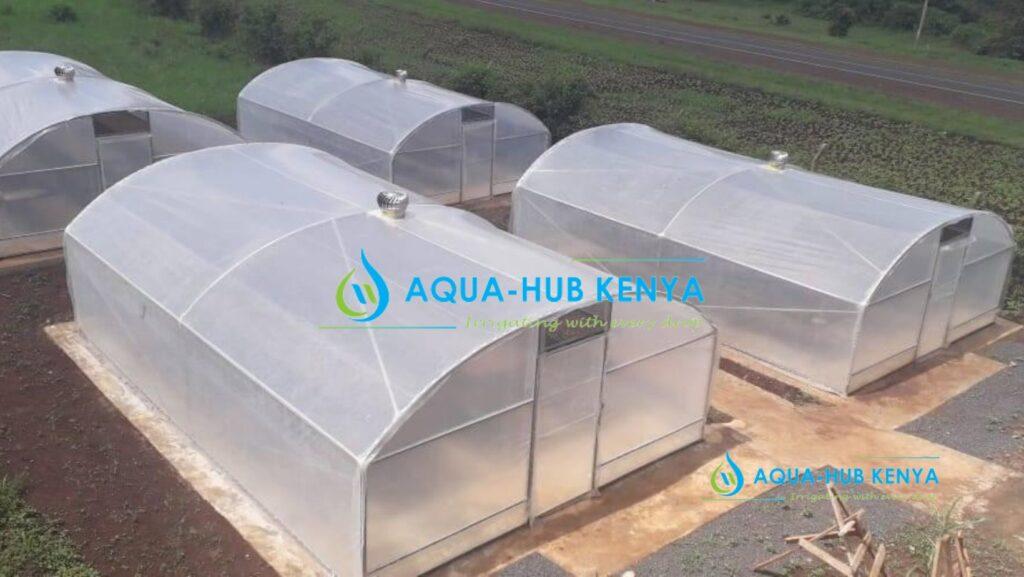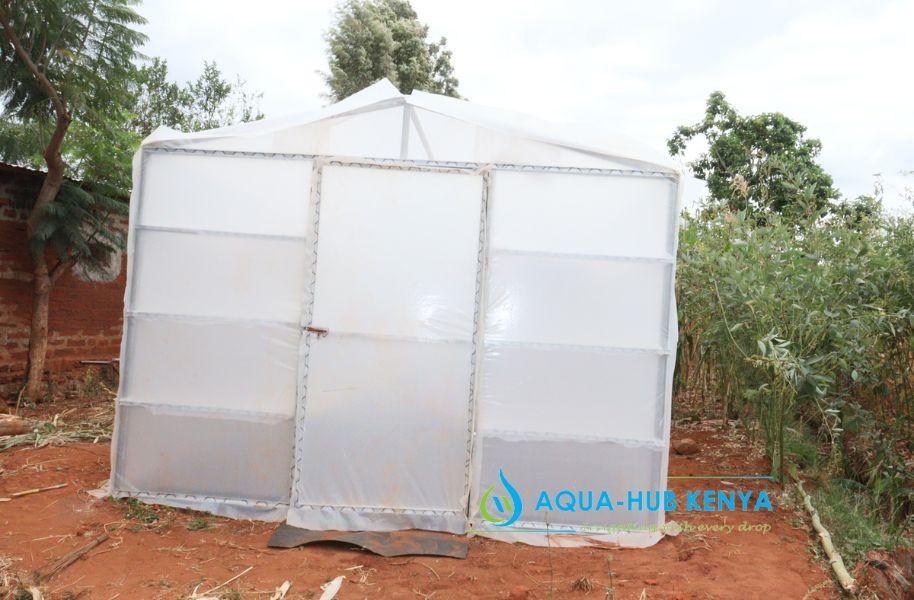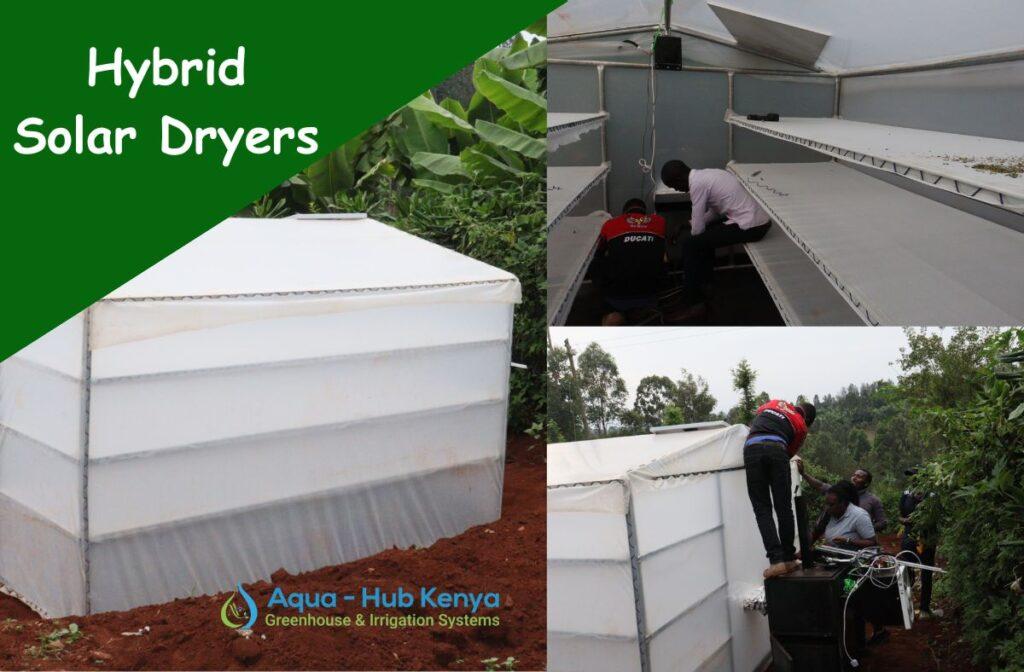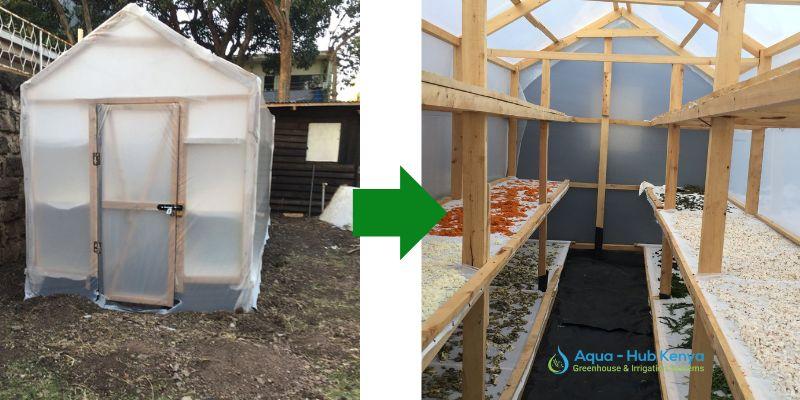Exploring Solar Food Dryers in Kenya
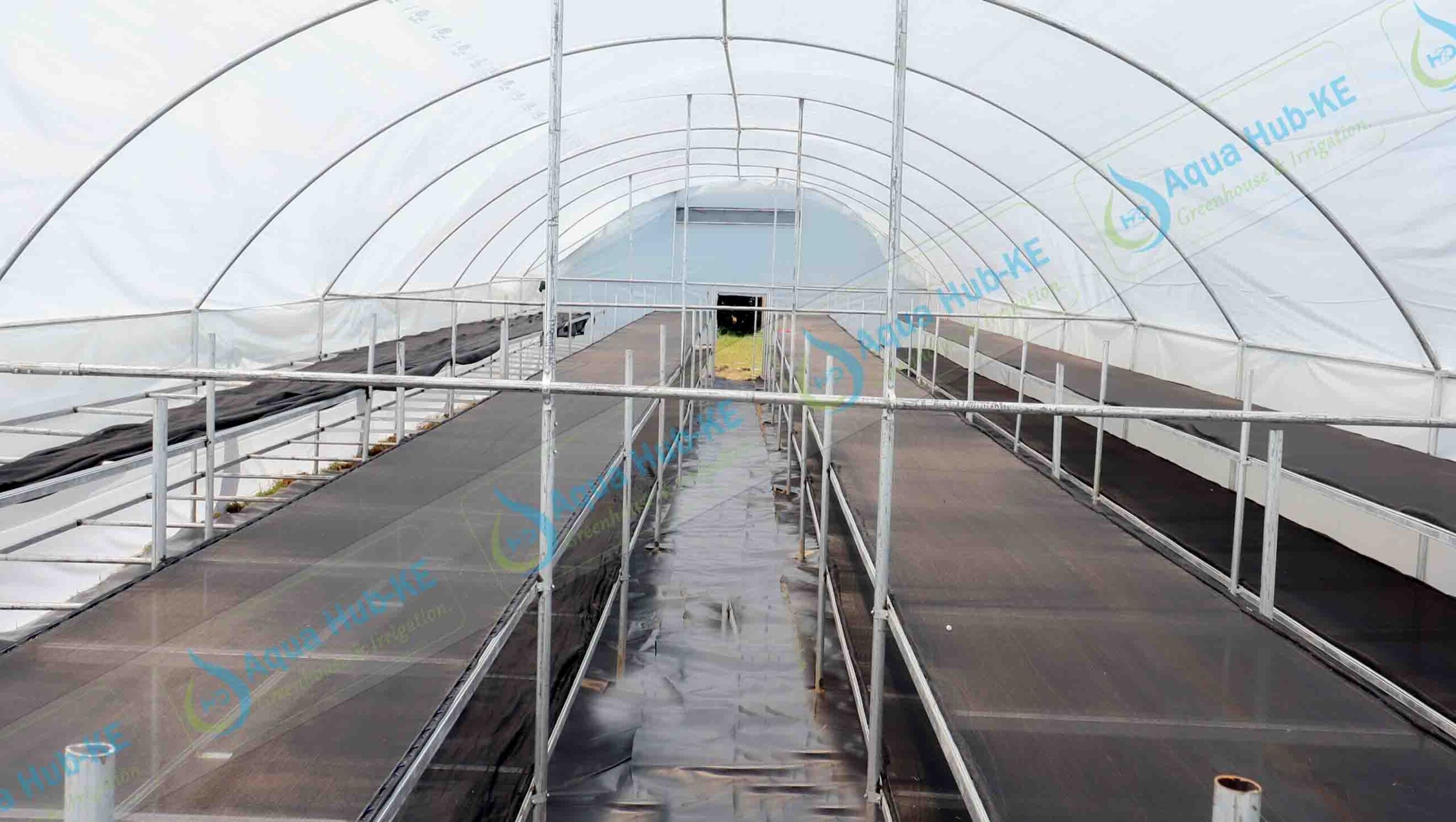
Solar food dryers in Kenya are reducing the cost and increasing the efficiency of drying harvests and other foodstuffs. Crops dried using solar dryers are of better quality, taste and low moisture content compared to those dried on the sun.
Solar Food Dryers in Kenya
Climate change has really affected agriculture by resulting to low yield, hunger and food insecurity in most developing countries. In Kenya, most farmers experience heavy post-harvest losses due to poor drying methods.
With solar dryers, it is possible to improve the quality of the harvested product and consume it in future when supply is low. You probably will sell the product for higher prices during off-peak seasons.
Prices of Solar Food Dryers in Kenya
- 3 x 3 x 2 : KES 150,000 – 175,000
- 5 x 8 x 2 : KES 280,000 – 320,000
- 6 x 6 x 2 : KES 280,000 – 330,000
Quality Solar Dryers In Kenya By Aqua Hub
Dryers fabricated and installed by Aqua Hub Kenya are widely used by farmers to store their crop produce in Kenya. The solar dryer technology by Aqua Hub Kenya tops the Kenyan market because of their unique design and efficiency of drying food. We bring versatility and higher drying capacity to your production.
Call 0790719020
How can you Determine A Suitable Dyer Option?
Solar food dryers in Kenya are fabricated in different measurements and designs of your choice. It depends on the quantity of products you are talking about. Another factor that will influence your choice is the design it will take. Choosing from the available types a wooden or commercial steel greenhouse dryer will serve your drying needs.
Different Types of Solar Dryers in Kenya
- Direct Solar Dryers – solar energy is allowed into the drying chamber and heats the products directly.
- Indirect Solar dryers – dries products through a forced convection through
Which type of Solar Dryers to Construct?
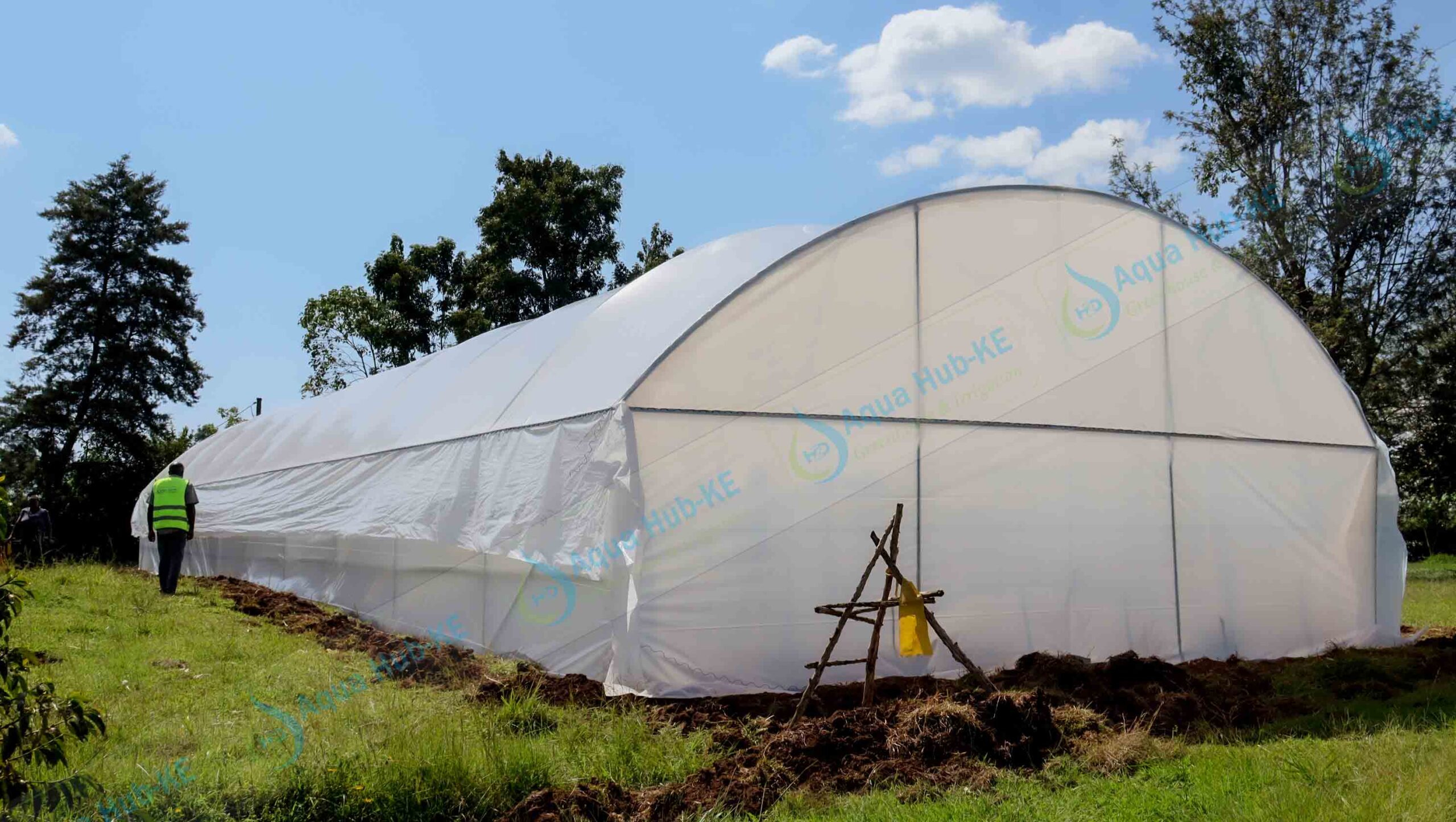
You can construct a metallic or wooden solar dryers depending on your budget or drying capacity at hand.
How Solar Dryers are Designed to Enhance Dehydration
Solar dryers are considered the best method to overcome the problems of open sun drying. It allows for increased drying capacity because crops are held in shelves.
A greenhouse solar dryer works by principle of natural convection where the crop inside the structure is indirectly exposed to the sun.
The structure is built with either wooden or metallic structure which is enclosed using a light transmitting polythene material. The sun passes through the polythene and heats the air inside, causing moisture to be removed from the crop.
The dryer structure contains fans on the roof, which suctions moist air outside the greenhouse. Air entry is on one side with a fan to direct air inside to enhance convection process. Moist air escapes from the ventilation.
Understanding How a Solar Dryer Works
Dehydration of food, harvests or grains occurs through preheated air circulation over drying products. The agricultural products absorb heat and in turn releases moisture to the air in the form of vapor.
Agricultural Solar Food Dyers
Solar dryers in Kenya are useful in drying different agricultural products such as;
- Red Chilli
- Turmeric
- Copra
- Grapes
- Fish
- Peanuts
Artificial Solar Drying Vs Sun Drying
Solar drying enables subjects’ food substances to optimum drying thus improving their quality and also preserving nutritional value. On the other hand, sun drying exposes crops to under-drying or over drying and may cause contamination.
Artificial dryers take a shorter time to achieve the required moisture content on food harvest while sun drying takes longer.
Solar Dryers Vs Electric Dryers: Which is reliable?
Solar dryers for food are cost-effective than electric ones as they use sun power to dehydrate crops. A solar dryer is reliable in any location but ideal for off-grid areas, as solar is the accessible option.
What are the Benefits of Solar Dryers?
- Installation and maintenance cost is cheaper
- Dehydration of crops is by free solar energy unlike electric dryers which may be costly
- Faster drying compared to sun drying
- Higher drying capacity
- Easy to scale up your drying capacity by modifying the size of the structure.
- It is more hygienic than other drying methods. It is easier to clean and keep away pathogens.
Uses of Solar Dryers: Harvest Dehydration
- Removing moisture from fruits such as mangoes, apples, berries and pineapples
- Drying grains: maize, beans, peas and rice
- Cassava, arrowroots and ground nuts
- Tea leaves, coffee, pyrethrum and moringa
- Omena, meat and fish
- Chilli
- Black pepper
- Tobacco
- Coriander seed
- Ginger, turmeric
- Onion and garlic flakes

